Greywater systems are an efficient and eco-friendly way to reuse water from household activities such as laundry, dishwashing, and bathing. By diverting this wastewater for irrigation and other non-potable uses, these systems help conserve water, reduce utility bills, and minimize environmental impact.

Building a greywater system may seem complex at first, but with proper planning and a basic understanding of the components involved, it can be a manageable and rewarding project.
This guide on how to build a greywater system will provide you with the essential steps and tips to create a functional greywater system for your home. Building a grey water system DIY is an eco-friendly way to reuse household water and reduce your environmental impact.
Why Build a Greywater System?
Installing a greywater system offers numerous advantages for both homeowners and the environment. One of the primary reasons to build a greywater system is water conservation. By reusing wastewater from sinks, showers, and laundry, households can significantly reduce their reliance on fresh water supplies, which is particularly important in areas prone to drought. Additionally, utilizing greywater for irrigation helps save money on water bills while providing plants with a nutrient-rich source of hydration.
Beyond personal benefits, greywater systems contribute to environmental sustainability by reducing the strain on municipal wastewater treatment facilities and decreasing the amount of wastewater entering local ecosystems. With rising concerns about water scarcity and climate change, greywater systems represent a practical and eco-friendly solution for making the most of available resources.
Legal and Safety Considerations
When implementing a greywater system, it is crucial to adhere to local regulations and guidelines to ensure safe and effective operation. Laws governing greywater use vary by region, and homeowners must obtain the necessary permits or approvals before installation. Additionally, systems should comply with health and safety codes to prevent contamination of potable water supplies, minimize human exposure, and avoid environmental harm.
Proper filtration and treatment methods are essential in reducing risks associated with pathogens or chemicals in greywater. It is also important to use biodegradable and non-toxic cleaning products to maintain water safety for irrigation and soil health. Consulting with professionals and staying informed about regional standards can help ensure that your greywater system remains both sustainable and legally compliant.
Types of Greywater Systems
Greywater systems come in various forms, each catering to different needs, capacities, and levels of complexity. The most common types include:
Gravity-Fed Systems
These systems rely on natural gravity to move greywater from sinks, showers, or washing machines to designated areas for irrigation. They typically require minimal energy and maintenance, making them a cost-effective option for small households with a simple setup.
Pump-Based Systems
Pump-based systems use a motorized pump to move greywater over longer distances or to areas at a higher elevation. These systems are ideal for properties with complex layouts and where gravity-fed solutions are impractical.
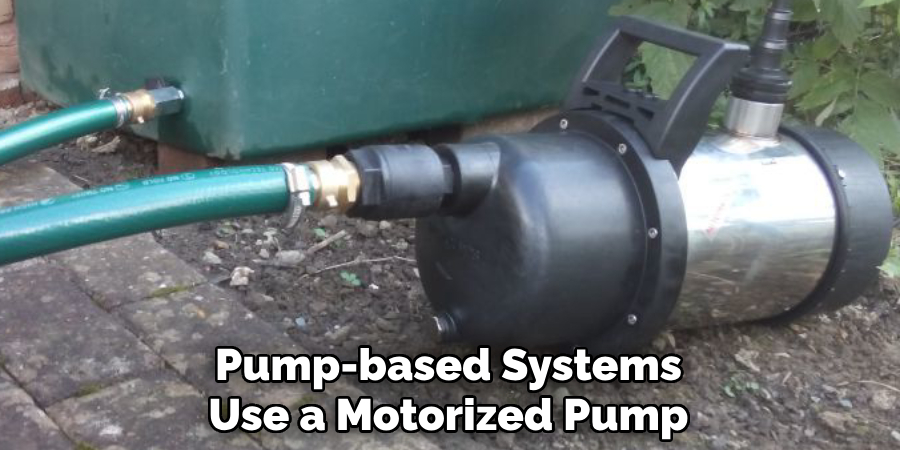
Constructed Wetlands
Constructed wetlands are a natural filtration method that uses specially designed plant beds to treat greywater. The water flows through layers of soil, sand, and vegetation, which help to remove contaminants and purify the water before it is released into the environment or reused.
Drip Irrigation Systems
Drip irrigation systems distribute treated greywater directly to plants through a network of small pipes and emitters. This is an efficient way to water gardens and landscaping while minimizing water loss due to evaporation.
Tank-Based Recycling Systems
These systems store greywater in a tank where it undergoes filtration and, in some cases, chemical treatment. The treated water can then be reused for non-potable purposes, such as flushing toilets or washing vehicles.
Each of these systems has specific benefits and considerations, and the choice largely depends on the household’s water usage patterns, available space, and local regulations.
Materials and Tools Needed:
- Tank or Container for Storing Greywater
- Filtration System (E.g., Sand Filter, Membrane Filter)
- Chemical Treatment System (Optional)
- Pipes and Plumbing Fittings for Water Distribution
- Non-potable Water Outlets (E.g., Toilets, Washing Machines)
- Tools for Installation (E.g., Wrenches, Pipe Cutters)
6 Simple Steps on How to Build a Greywater System
Step 1: Determine the Appropriate System for Your Household
The first step in building a greywater system is to identify the type of system that best suits your household’s needs. Consider factors such as the amount of greywater your household produces, the types of appliances or fixtures generating greywater, and the intended uses for the recycled water.
For example, a simple laundry-to-landscape system may be sufficient if you primarily want to irrigate plants, whereas a more complex system with filtration and storage might be necessary for broader applications like toilet flushing. Additionally, check local regulations and guidelines to ensure compliance with any legal requirements for installing and operating a greywater system.
Step 2: Choose a Tank or Container for Storing Greywater
Selecting the right tank or container is a crucial step in setting up an effective greywater system. The size and material of your tank will depend on the amount of greywater you plan to collect and how you intend to use it. Tanks should be made of durable, non-toxic materials like polyethylene or stainless steel to ensure the stored water remains safe and free from contamination.
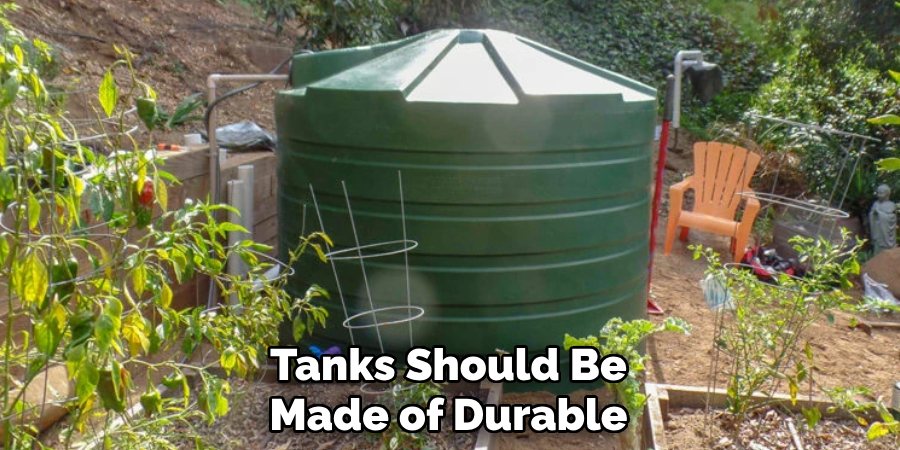
Additionally, consider a container with a lid to prevent debris, pests, and sunlight from degrading the water quality. It’s also important to ensure the tank is appropriately labeled and placed in a location that is both accessible for maintenance and compliant with local codes. Proper storage can enhance the efficiency and reliability of your greywater system.
Step 3: Install a Filtration System
A filtration system is a crucial component of a greywater system as it helps remove impurities and ensures the water is suitable for reuse. Begin by selecting a filter that matches the needs of your specific application, whether it’s for irrigation, toilet flushing, or other purposes. Common options include mesh filters, sand filters, or more advanced multi-stage filtration units. Position the filter at an appropriate point in the system, typically after the collection stage but before the water is redistributed.
Ensure it is easily accessible for cleaning and maintenance, as regular upkeep is essential to prevent clogs and maintain efficiency. Proper filtration not only extends the lifespan of your greywater system but also ensures the recycled water is safe for its intended use.
Step 4: Consider Chemical Treatment (Optional)
If your greywater system is intended for uses that require higher water quality, such as irrigation of edible plants or indoor reuse, chemical treatment can be an optional but beneficial step. Chemical treatments typically involve the use of safe, biodegradable additives to further disinfect and balance the water’s pH levels.
Common options include chlorine-based solutions, hydrogen peroxide, or specialized enzymatic cleaners designed for greywater systems. When using any chemical treatment, ensure it aligns with local regulations and is applied in the appropriate dosage to avoid harming plants, soil, or the broader environment. While not always necessary, chemical treatment adds an extra layer of precaution for users seeking enhanced water quality.
Step 5: Route the Greywater
Once the greywater has been properly filtered and treated, it is time to direct it to its intended destination. Greywater systems typically use a network of pipes or drip irrigation systems to transport the water to gardens, landscaping, or other non-potable uses. Ensure that the routing adheres to local regulations and guidelines, avoiding any potential contamination of potable water sources or ground levels where it could pool.
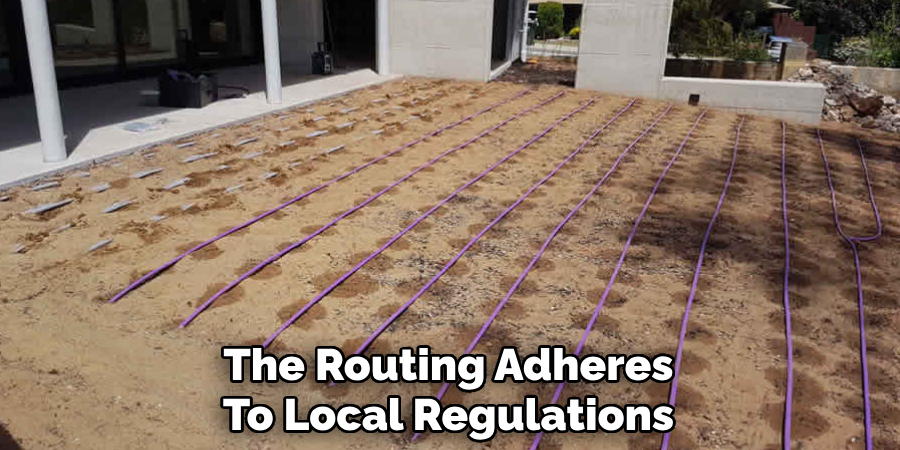
For optimal efficiency, gravity-based systems are often preferred, as they eliminate the need for electricity. However, for more complex layouts, a small pump may be used to transport the greywater to specific locations. Proper planning and maintenance of the routing infrastructure are critical to prevent leaks, clogs, or oversaturation in the disposal area.
Step 6: Choose a Reuse Method
Determining how the greywater will be reused is a vital step in the system design process. Common reuse methods include irrigation for ornamental plants, fruit trees, or vegetable gardens, provided the crops do not come into direct contact with the greywater. Another option is to use it for flushing toilets, which can significantly reduce household water consumption. When selecting a reuse method, consider factors such as local climate, plant water requirements, and regulatory restrictions. Ensure that the greywater quality aligns with the intended use to prevent harm to plants, soil, or plumbing systems.
Following these steps on how to build a greywater system can significantly reduce household water consumption and contribute to the sustainability of our environment. However, it is essential to also keep in mind that greywater systems require regular maintenance and monitoring to ensure efficiency and prevent any potential health risks.
Do You Need to Use Professionals?
Deciding whether to enlist professionals for your greywater system depends on the complexity of your setup and your level of expertise. While small, basic systems like those used for garden irrigation might be manageable for a dedicated DIY enthusiast, more advanced systems with pumps, filters, or extensive plumbing modifications usually require professional assistance.
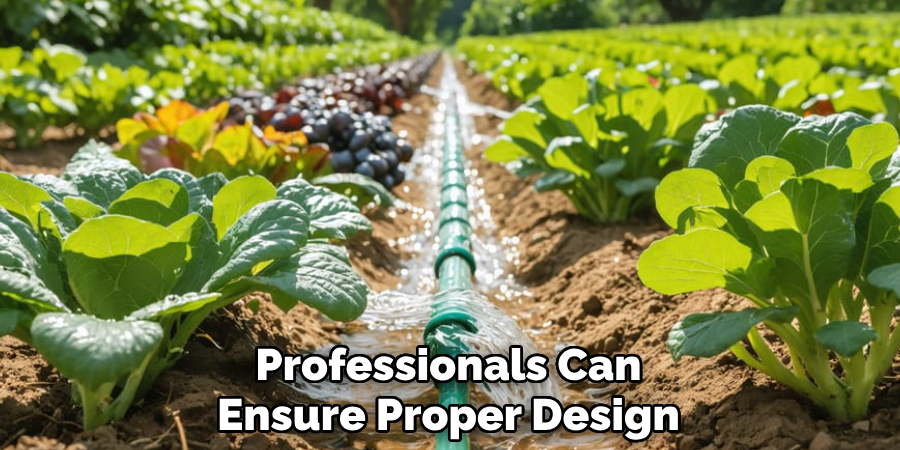
Professionals can ensure proper design, installation, and compliance with local codes and regulations, minimizing the risk of errors that could lead to inefficiency or safety concerns. Additionally, their experience can help optimize the system’s performance and longevity, making the investment worthwhile for more complex installations.
Frequently Asked Questions:
Q1: What is the Recommended Maintenance Schedule for a Residential Rainwater Harvesting System?
A1: The recommended maintenance schedule for a residential rainwater harvesting system is typically once a year. However, if the system is used frequently or in an area with heavy precipitation, it may need to be inspected and maintained more frequently.
Q2: How Can I Ensure That My Rainwater Harvesting System Complies with Local Codes and Regulations?
A2: It is important to consult with a professional when designing and installing a rainwater harvesting system to ensure compliance with local codes and regulations. They will have knowledge of any specific requirements for your area and can make sure the system meets all necessary standards.
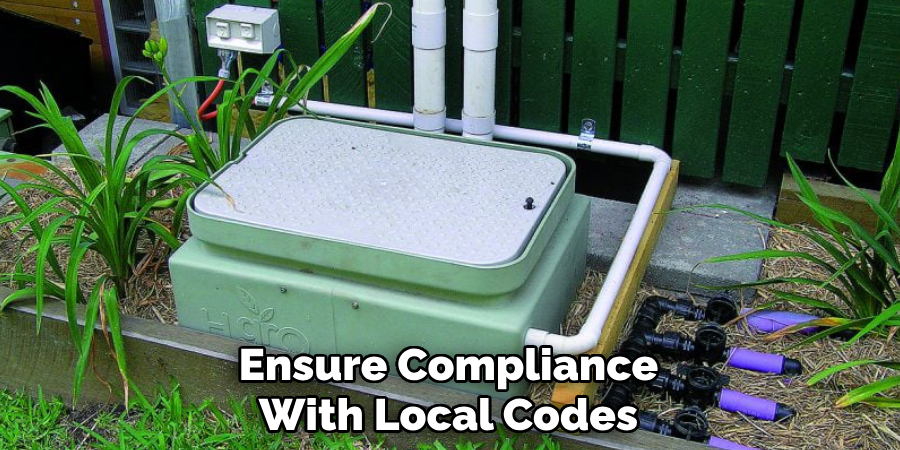
Conclusion
Implementing a rainwater harvesting system is a practical and sustainable way to conserve water and reduce environmental impact. Regular maintenance and adherence to local regulations are essential to ensure the system remains efficient and compliant.
By taking these steps on how to build a greywater system, you can make a positive contribution toward resource conservation while reaping the benefits of an independent and eco-friendly water source.
About the Author
Adrian Green is a passionate woodworking enthusiast who has dedicated his life to the craft of woodworking. From his early days working alongside his father in the family woodworking shop, Adrian has honed his skills and developed a deep love for creating beautiful, functional pieces with his hands. As the voice behind The Woodenify Blog, he shares his knowledge, tips, and inspiration with fellow woodworkers of all skill levels, helping them build confidence in their abilities while learning new techniques.
Professional Focus
- Specializes in DIY woodworking projects, from furniture making to home décor.
- Provides step-by-step guides, tips, and practical tutorials for woodworkers at any skill level.
- Focused on empowering readers with confidence and knowledge through easy-to-follow instructions and hands-on techniques.
- Passionate about building a community where makers can share, learn, and grow together in the world of woodworking.
Education History
University of Craft and Design – Bachelor of Fine Arts (BFA) in Woodworking and Furniture Design
Woodworking Apprenticeships – Gained extensive hands-on experience through various workshops and mentorships with seasoned craftsmen, refining carpentry and furniture-making skills.
Expertise
- DIY woodworking, carpentry, furniture making, and home décor projects.
- Creating clear, accessible tutorials and guides for beginner to advanced woodworkers.
- Helping readers experience the satisfaction and fulfillment of turning raw materials into stunning finished products.
